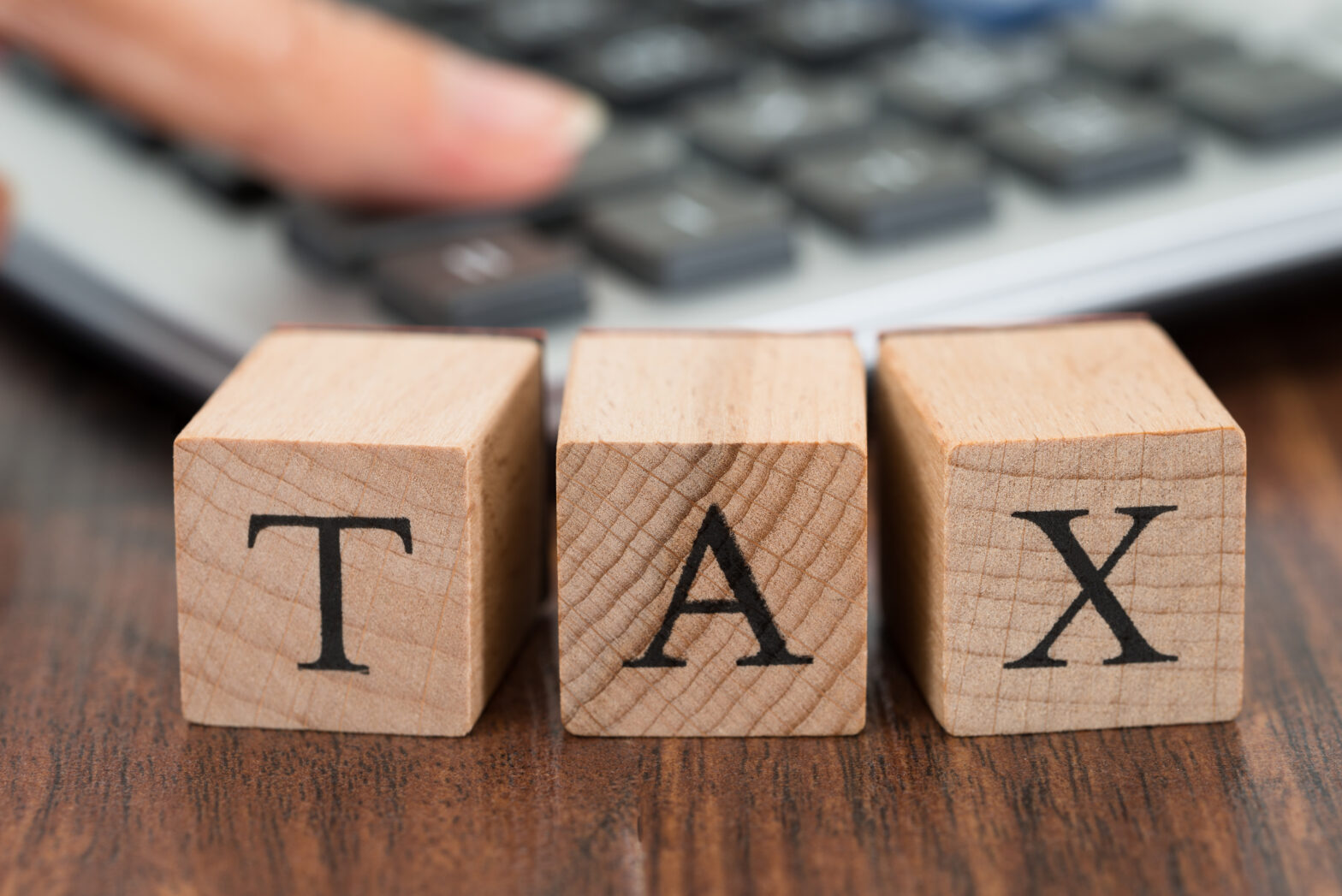More and more small businesses are discovering research and development (R&D) tax credits and benefiting from the scheme’s valuable financial support. Not only have we seen this first-hand, as a specialist R&D tax credit consultancy, but the latest government statistics also show a 22 per cent year-on-year increase in new claims from SMEs.
This additional funding is helping SMEs to produce some of the most ground-breaking products, processes and services in the UK.
While claiming R&D tax credits can sometimes seem like a daunting and time-consuming process, the rewards of claiming are far more exciting than a simple cash boost. The SMEs that claim R&D tax credits use them to hire new staff, open new offices and ultimately grow their business.
What are R&D tax credits?
R&D tax credits were introduced by the government in 2000 to reward UK companies for investing in innovation.
SMEs are offered the most generous amount of relief through the scheme, as they can claim back up to 33p for every £1 spent on R&D. R&D tax credits are open to profit and loss-making companies alike.
Once a claim has been submitted, the benefit arrives in the form of a cash payment and/or a corporation tax deduction – in most cases within just four to six weeks. The cash injection can be hugely valuable to businesses, particularly to early-stage companies that aren’t yet making much, if any, revenue.
Rising claim numbers
R&D tax credit claims are on the up – the latest figures reveal that there were nearly 4,000 new SME claims made during 2015-16, with an average claim value of over £61,000. This means that an extra £340 million of relief was accessed compared to the year before.
This positive news suggests awareness of R&D tax credits is increasing amongst SMEs. However, there is still work to be done as it is universally recognised that the SME R&D scheme is under-utilised.
Although the government’s Autumn Budget 2017 increased the generosity of R&D tax credits for large companies, it didn’t include any changes to the SME R&D tax credit scheme. However, the rate available to smaller businesses is already far greater than that on offer to larger businesses. SMEs can claim up to 33p for every £1 spent, compared to large companies who can claim up to 9p for every £1 spent.
Could you be eligible?
Many SMEs are surprised to learn that they qualify for R&D tax credits. The definition of R&D for the tax credits scheme is purposefully broad, with a wide range of activity qualifying – everything from cheese-making to digital development. It’s important to bear in mind that R&D isn’t confined to a laboratory and can take place in any sector by a company of any size. If you are taking a risk to try and create a new, better way of doing things, you could be undertaking R&D.
An easy way to understand if you could be eligible is to answer three simple questions:
- Are you a company that is subject to UK corporation tax?
- Are you trying to resolve technological or scientific uncertainty?
- Are you spending money on this work?
If you’re able to answer ‘yes’ to all of the above, then your company should consider making an R&D tax credit claim.
Watch our ‘Am I eligible?’ video:
Are you grant-funded?
Firstly, don’t be put off R&D tax credits. A common misconception is that grant-funded companies cannot make an R&D tax credit claim. This is not true. Companies applying for an innovation grant should, without exception, consider R&D tax credits too.
It may be that part of all of your claim may need to be made using the research and development expenditure credit (RDEC) scheme for large companies. In the best-case scenario, only a portion of your activities and costs will fall under RDEC, and the rest can be included in an SME claim. If you’re grant-funded, it’s worth getting specialist advice from an expert who understands the relationship between grants and R&D tax credits.
Top tips
- Be open minded to what qualifies as R&D. The definition is purposefully broad so that it applies equally to all sectors.
- Don’t be afraid to seek a second opinion on whether your business activity qualifies.
- Identify all qualifying costs. Getting them right is key to maximising a claim.
- Present R&D claims to HMRC clearly using examples to explain how scientific or technological uncertainty was resolved.
- Keeping good (ideally, real-time) records of investment in R&D will make claims more precise.
For more information on eligibility, and for help with your claim, visit https://forrestbrown.co.uk/rd-tax-credits-explained/
September 2016
A survey of 247 UK business leaders by ForrestBrown assessed companies’ appetite for innovation, and barriers affecting decision making.
Of those that had claimed, 40 per cent directly increased R&D activity as a result, 60 per cent sustained R&D activity, 62 per cent hired new staff and 24 per cent reinvested the funds into new manufacturing processes, product development or setting up new offices.
Comprising senior decision makers within SMEs, 20 per cent of survey respondents say they are aware their business had claimed for R&D tax credits, while 44 per cent say they plan to do so in the next three years. This gap suggests that a significant increase in claimants can be expected in the near future, and that the UK’s R&D activity will increase.
Although financial constraints were found to be the chief barrier to innovation for many SMEs – with 60 per cent citing a lack of financial resources as an obstacle to ongoing R&D – 83 per cent of those that had claimed R&D tax credit incentives say they are important to their company’s overall financial position, with almost half (47 per cent) saying they are ‘very important’.
Simon Brown, founder and managing director of ForrestBrown says that the HMRC statistics clearly show that R&D tax credits are an increasingly attractive incentive for businesses to innovate and take risks.
‘We know from our own recent research that companies largely use the funds to maintain, and in many cases, increase their R&D output – evidenced today by the fact that the value of R&D expenditure against which claims were made increased by 31 per cent on the previous year. This means that tax credits not only incentivise innovation but perpetuate it, which is great news for the UK economy.’
R&D tax credits in action
Serial entrepreneur Mark Mason made use of R&D tax credits as he built his app development company, Mubaloo, for sale. Mubaloo was sold in February this year to IPG Mediabrands.
‘When we started [in 2009], everyone wanted an app,’ Mason says. ‘But these days, our customers are much bigger and want more than just an app: they want a way of making their whole operation mobile based.’
Since day one, the company has continually had to innovate, to stay ahead in what is a very competitive market, adds Mason.
‘New devices with more capabilities are coming out all of the time, and we would start using these before anyone had experience with them. And we were often having to come up with creative solutions, whether integrating with new services, or using features in new ways.’
To build the business, the company needed to be able to hire talented people at the right time, and the R&D tax credit injected cash into the business quickly, allowing Mason to invest in the company’s growth without having to apply for a loan or embark on a lengthy funding round.
‘Ultimately, the R&D tax credit played a part in building a financially strong yet nimble business, which made it attractive to buyers,’ Mason says.
Further reading on tax
Jenny Tragner is director at R&D tax credit consultancy ForrestBrown.








